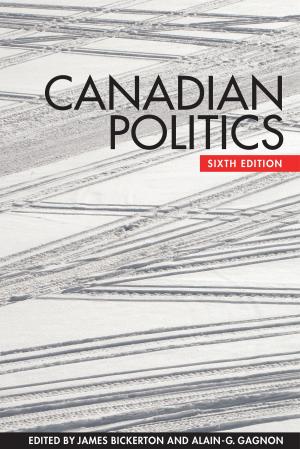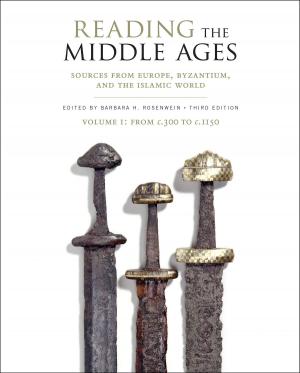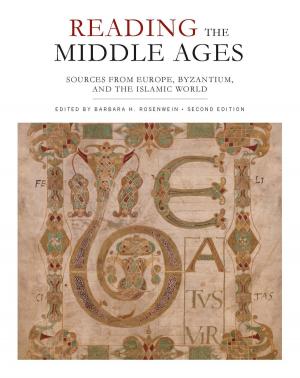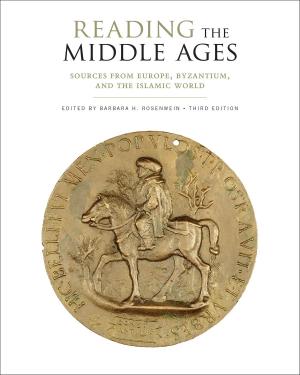The Assassination of Europe, 1918-1942
A Political History
Nonfiction, History, Jewish, European General, Modern, 20th Century| Author: | Howard M. Sachar | ISBN: | 9781442609211 |
| Publisher: | University of Toronto Press, Higher Education Division | Publication: | October 29, 2014 |
| Imprint: | Language: | English |
| Author: | Howard M. Sachar |
| ISBN: | 9781442609211 |
| Publisher: | University of Toronto Press, Higher Education Division |
| Publication: | October 29, 2014 |
| Imprint: | |
| Language: | English |
In this fascinating volume, renowned historian Howard M. Sachar relates the tragedy of twentieth-century Europe through an innovative, riveting account of the continent's political assassinations between 1918 and 1939 and beyond. By tracing the violent deaths of key public figures during an exceptionally fraught time period—the aftermath of World War I—Sachar lays bare a much larger history: the gradual moral and political demise of European civilization and its descent into World War II.
In his famously arresting prose, Sachar traces the assassinations of Rosa Luxemburg, Kurt Eisner, Matthias Erzberger, and Walther Rathenau in Germany—a lethal chain reaction that contributed to the Weimar Republic's eventual collapse and Hitler's rise to power. Sachar's exploration of political fragility in Italy, Austria, the successor states of Eastern Europe, and France completes a mordant yet intriguing exposure of the Old World's lethal vulnerability. The final chapter, which chronicles the deaths of Stefan and Lotte Zweig, serves as a thought-provoking metaphor for the assassination of the Old World itself.
In this fascinating volume, renowned historian Howard M. Sachar relates the tragedy of twentieth-century Europe through an innovative, riveting account of the continent's political assassinations between 1918 and 1939 and beyond. By tracing the violent deaths of key public figures during an exceptionally fraught time period—the aftermath of World War I—Sachar lays bare a much larger history: the gradual moral and political demise of European civilization and its descent into World War II.
In his famously arresting prose, Sachar traces the assassinations of Rosa Luxemburg, Kurt Eisner, Matthias Erzberger, and Walther Rathenau in Germany—a lethal chain reaction that contributed to the Weimar Republic's eventual collapse and Hitler's rise to power. Sachar's exploration of political fragility in Italy, Austria, the successor states of Eastern Europe, and France completes a mordant yet intriguing exposure of the Old World's lethal vulnerability. The final chapter, which chronicles the deaths of Stefan and Lotte Zweig, serves as a thought-provoking metaphor for the assassination of the Old World itself.















